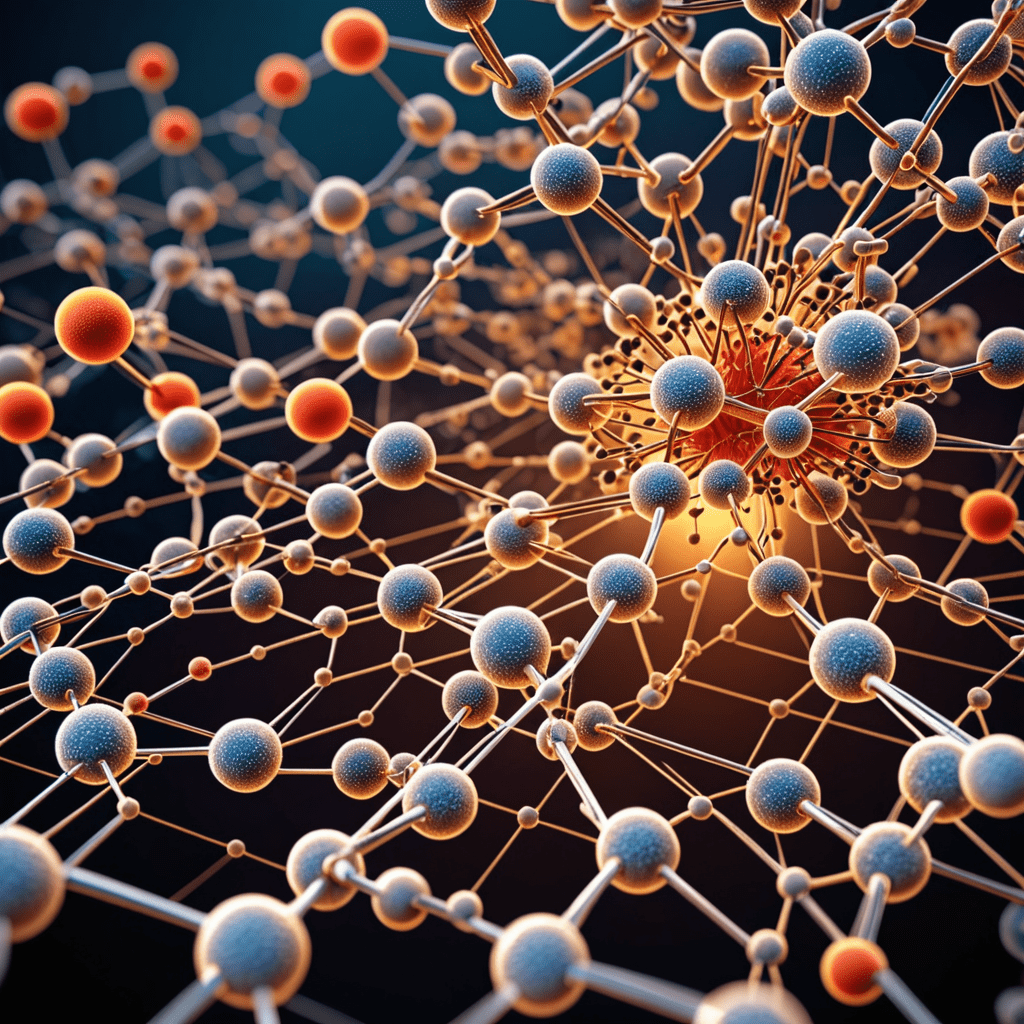
The Power of Biotechnology and Bioinformatics in Computational Drug Design
In the world of pharmaceuticals, the combination of biotechnology and bioinformatics has revolutionized drug discovery and development. This article delves into the critical role of computational drug design in modern medicine.
1. Understanding Computational Drug Design
Computational drug design involves using computer algorithms and simulations to design new drugs or optimize existing ones. By leveraging biotechnological tools and bioinformatics data, scientists can predict the efficacy and safety of potential drug candidates before even stepping into a lab.
2. The Role of Biotechnology
Biotechnology plays a pivotal role in computational drug design by providing tools to manipulate biological systems at a molecular level. Techniques such as genetic engineering, protein engineering, and synthetic biology are used to design drugs that target specific disease pathways with precision.
3. Harnessing Bioinformatics
Bioinformatics, on the other hand, deals with the storage, retrieval, and analysis of biological data. In computational drug design, bioinformatics tools are essential for understanding complex biological processes, predicting drug-target interactions, and identifying potential side effects.
4. Molecular Docking and Virtual Screening
One of the key techniques in computational drug design is molecular docking, where the three-dimensional structures of both target proteins and potential drug molecules are analyzed to predict their binding affinity. Virtual screening, another important approach, involves screening large databases of compounds to identify potential drug candidates.
5. Pharmacophore Modeling and QSAR Analysis
Pharmacophore modeling helps in identifying the essential structural features required for a drug to bind to its target. Quantitative Structure-Activity Relationship (QSAR) analysis, on the other hand, is used to predict the biological activity of a compound based on its molecular structure.
6. Challenges and Future Directions
Despite the advancements in computational drug design, challenges such as accuracy in predicting real-life biological systems and the need for more powerful computing resources persist. The future holds promise with the development of machine learning algorithms and artificial intelligence to enhance drug discovery processes.
7. Conclusion
In conclusion, the marriage of biotechnology and bioinformatics in computational drug design has opened up new avenues for developing safer and more effective drugs. By combining scientific expertise with cutting-edge technology, researchers can accelerate the drug discovery process and bring innovative therapies to patients in need.
Frequently Asked Questions about Biotechnology and Bioinformatics: Computational Drug Design
What is Computational Drug Design?
Computational Drug Design is a process that uses computer simulations to discover, design, and optimize new medications. By analyzing biological data and molecular structures, researchers can predict how different compounds will interact with target molecules to develop effective drugs.
How does Biotechnology play a role in Computational Drug Design?
Biotechnology provides the tools and techniques for manipulating biological systems to produce valuable products like pharmaceuticals. In Computational Drug Design, biotechnology is essential for analyzing genetic information, protein structures, and drug interactions to enhance drug discovery processes.
What is the significance of Bioinformatics in Computational Drug Design?
Bioinformatics involves the storage, analysis, and interpretation of biological data using computational tools. In Computational Drug Design, bioinformatics helps in organizing and analyzing vast amounts of genetic and molecular data to identify potential drug targets, predict drug interactions, and optimize drug development pipelines.


